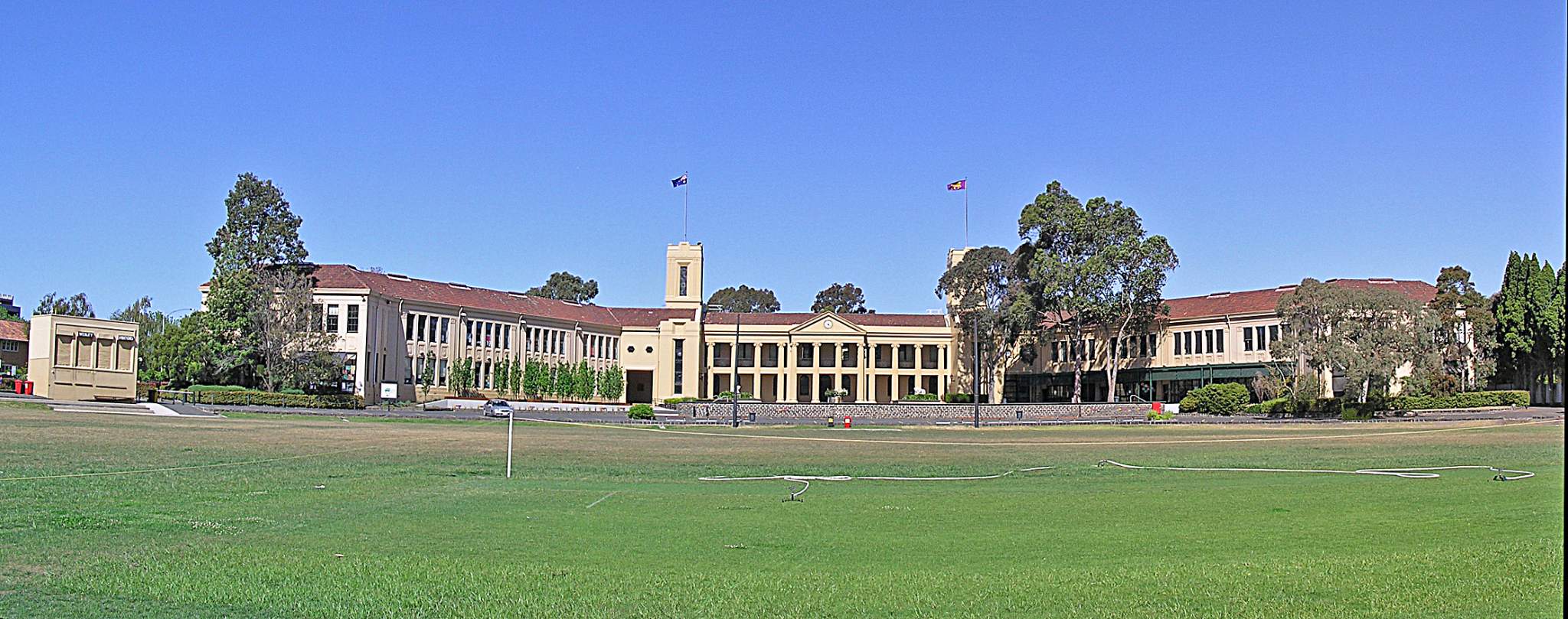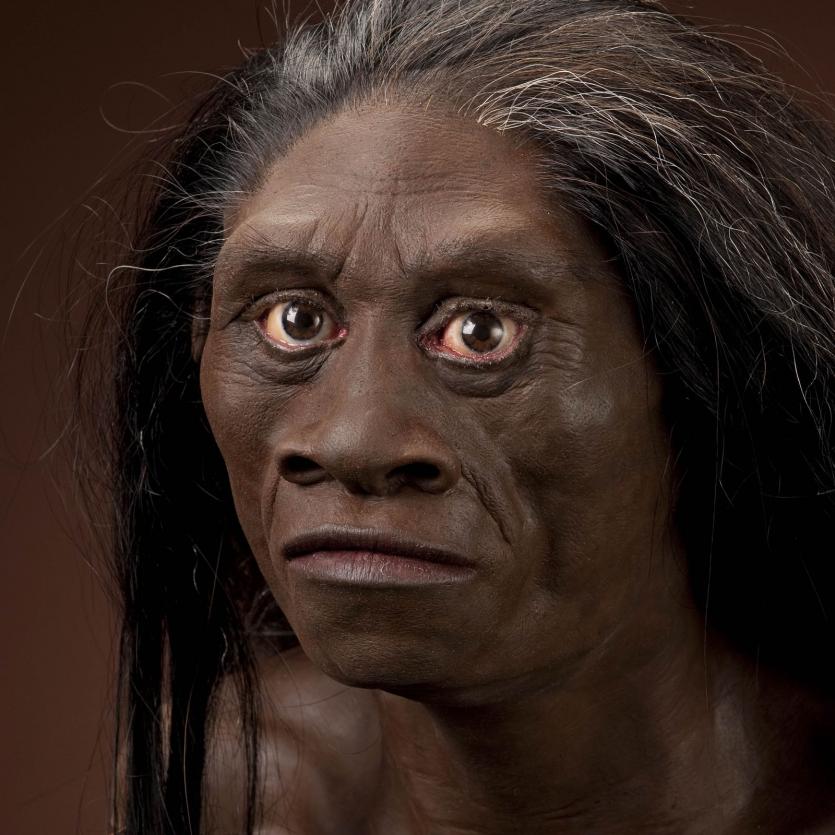Schools in Victoria, Australia are now using 3D printing to understand biology like never before. This application of additive manufacturing allows young students to visualize the basics of anatomy by via 3D printed replicas of skulls and bones from a wide diversity of species. The Australian schools are using an online library called Diversity to access these models.
Wesley College is one of the first institutions involved in the effort. Principal Helen Drennen said 3D printers and 3D models are inspiring for teachers: “It’s encouraging everyone to be much more trans-disciplinary and connected in the way they learn and teach.”

Melbourne based company Anatomics is behind this project, encouraging the use of additive technology in schools to understand and explain biology. The company was founded in 1996 and specializes in manufacturing medical devices, patient specific implants, prosthetics and software solutions. It is now launching it’s online database platform, Diversity.
Diversity by Anatomics
Diversity serves as an education, research and innovation tool that allows those holding a subscription access to over 4,000 biological 3D models from all facets of the healthcare and biological sciences, including medical instruments, human replacement parts, specialised medical tools as well as scanned anatomical, anthropological, veterinary and biological data all of which can be used in an educational context.

Anatomics founder Paul D’Urso thinks that this platform can allow children and young students from all around the world to interact with educational tools that would normally be completely out of bounds. “With CT [Computed tomography] and laser scanning, we don’t even need to touch the object, and we can get the rarest types of treasures and scan them,” D’Urso told AAP.
Flores Hobbit
For instance, among the 4,000 biological models within the database, students might find the Flores Hobbit’s skull, a primitive relative of humans also known as Homo floresiensis. Members of this primitive species featured many human characteristics but were around 1 meter high only, hence the nickname Hobbit.
Scientists who found the skull on the Indonesian island of Flores in 2003 took a computed tomography scan before handing the bones to the Indonesian government. These 3D scanned files were later uploaded to the Diversity platform and can now be downloaded and printed by anyone subscribed to AnatomicsRX.

Homo floresiensis was one of the last early human species to die out. According to recent findings by Thomas Sutikna, human’s evolutionary relative became extinct around 50,000 years ago. This was just before or at the time when Homo sapiens arrived in the region.
Where does this lead?
The use of 3D printing in schools has many applications, for bringing subjects to life or it can help encourage an innovative mind set and oriented towards creation of new inventions. In this case, Anatomics and Victorian schools are using 3D scanning and additive manufacturing as a tool that might lead to better understanding of biology. By being able to play with these 3D printed models students might get a much more rewarding learning experience.
Anatomics’ Diversity project and creation of a database for 3D scanned biomodels is a welcome addition to the industry. As reported earlier this week by 3DPI, other projects such as Scan the World are trying to digitalize art objects and sculptures.
Featured image shows the skull of the Homo floresiensis. Image via: Anatomics


